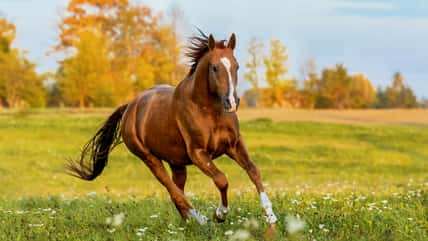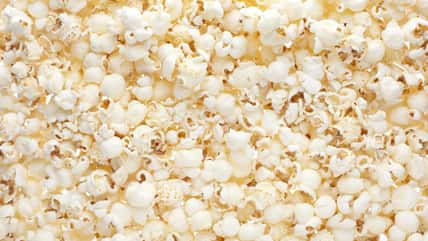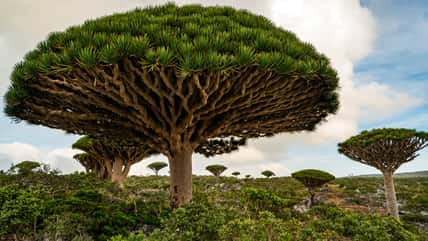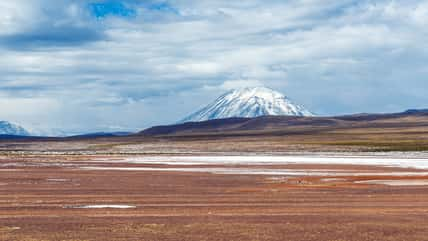A Startup Based In Chicago Used A Fungus Discovered By NASA At Yellowstone National Park To Create Various Foods Packed With Protein That Have The Potential To Feed The World Sustainably

In 2009, a NASA researcher named Mark Kozubal had been leading a team of scientists tasked with the challenge of studying the extreme environment of Yellowstone National Park.
The park is known for its steam vents and hot springs filled with harsh, acidic water. If the scientists could find life in such an inhospitable area, the research could be crucial for space missions.
Kozubal encountered microbes thriving in the water of a hot spring. He immediately scooped up a sample and sent it to the laboratory for further examination.
It wasn’t the first time a microbe had been found at Yellowstone. In 1966, scientists found a bug that was tolerant of the heat. It was called Thermus aquaticus and became the basis for PCR tests.
Initially, Kozubal believed that the microbe he discovered could become a new biodiesel source. However, at the time, gas was cheap in the United States, so it would’ve been difficult to compete with that.
Since the microbe came from the fungus family, Thomas Jones, former president of a packaging company, suggested they create food from it.
They launched the Chicago-based food company Nature’s Fynd in May 2018. It took them 18 months before they could generate a product that actually resembled food.
During the process, they worked with the microbe Fusarium str. Yellowstone and invented a technique called “liquid-air surface fermentation” that helped them replicate how the organism behaved in nature.
Kozubal and Jonas placed a cell of the fungus in water and fed it with sugar to make it grow. It multiplied within a few hours, and they sped up the process with a bioreactor.

Stephen – stock.adobe.com – illustrative purposes only
Then, the microbes were poured into trays filled with more water, sugar, and salts. The mixture allowed the microbes to thrive while preventing other bacteria from forming.
Three days later, the microbes turned into protein, featuring the nine amino acids that are essential to the human body. The Nature’s Fynd team also discovered that the fungus was versatile, as it could be adapted into meatless burgers, protein powders, or dairy substitutes.
When chopped up and added with natural flavoring, it could look just like a meat patty. When combined with water, it can transform into a milk alternative and a base for dairy-free cream cheese.
The company released its first products in February 2021, a dairy-free cream cheese and meatless breakfast patties. They opened a factory in the spring of that same year.
So far, they’ve been able to sell their products at more than 1,000 stores across the U.S. In January 2024, the company introduced the first fungi-based yogurt to the world.
These products are proof that fungi can feed the world while taking sustainability into account. The protein can be grown in metal catering trays, using less land and water and emitting less greenhouse gases than other meat production.
Kozubal and Jonas believed that the fungi-based protein could be grown anywhere, and they decided to test their theory out by sending the microbe to the International Space Station. A team of astronauts tried growing the protein in microgravity and was successful.
In the meantime, Nature’s Fynd is continuing to develop food not just for humans but also for livestock so farmers don’t have to rely solely on crops to keep their cattle fed.
Sign up for Chip Chick’s newsletter and get stories like this delivered to your inbox.
More About:News





